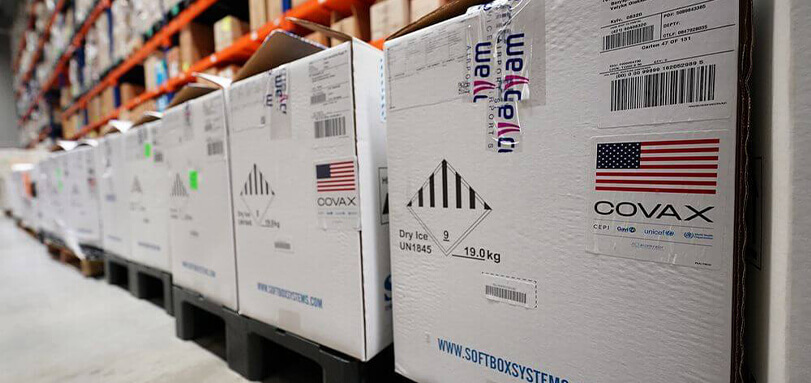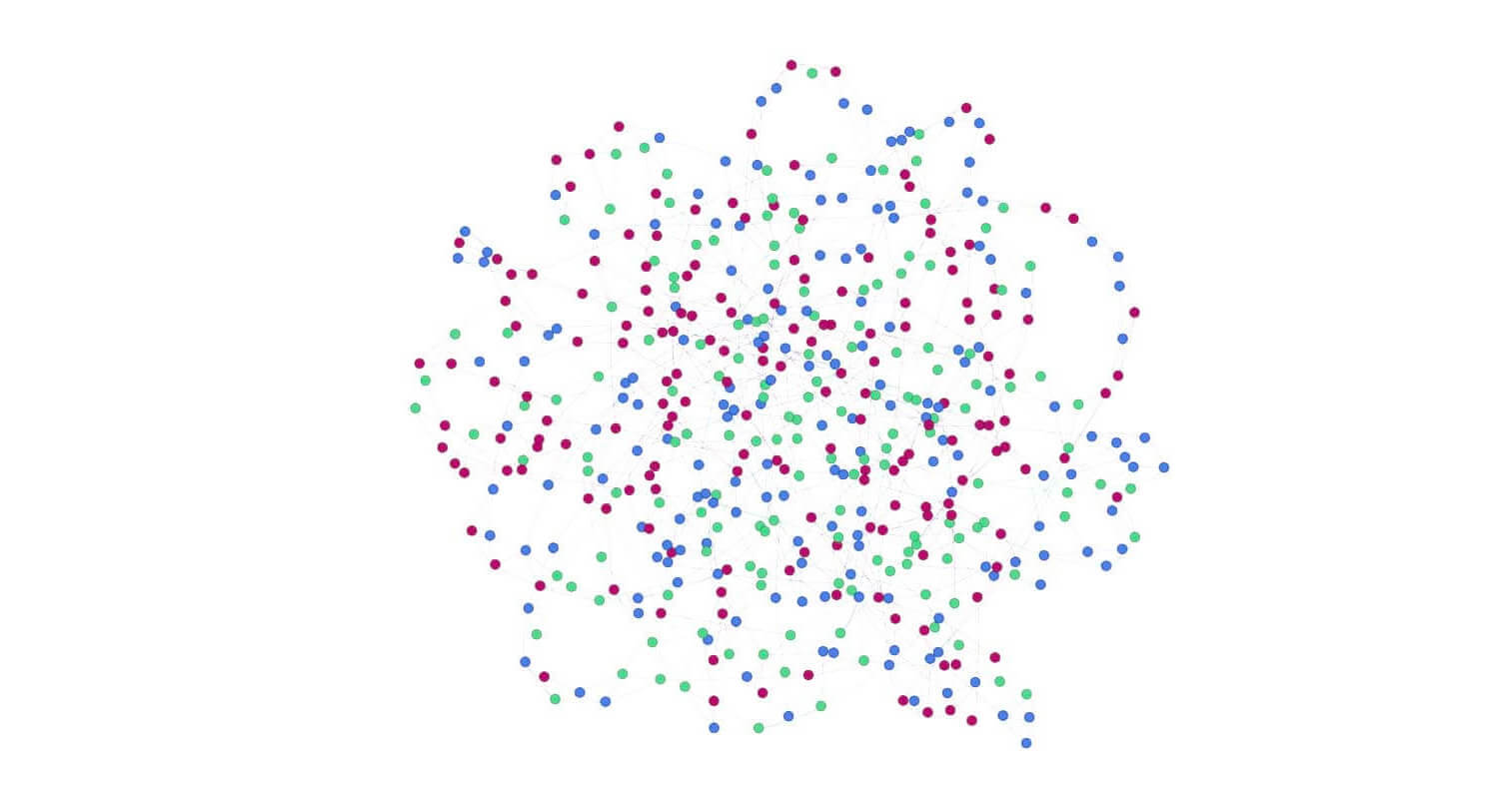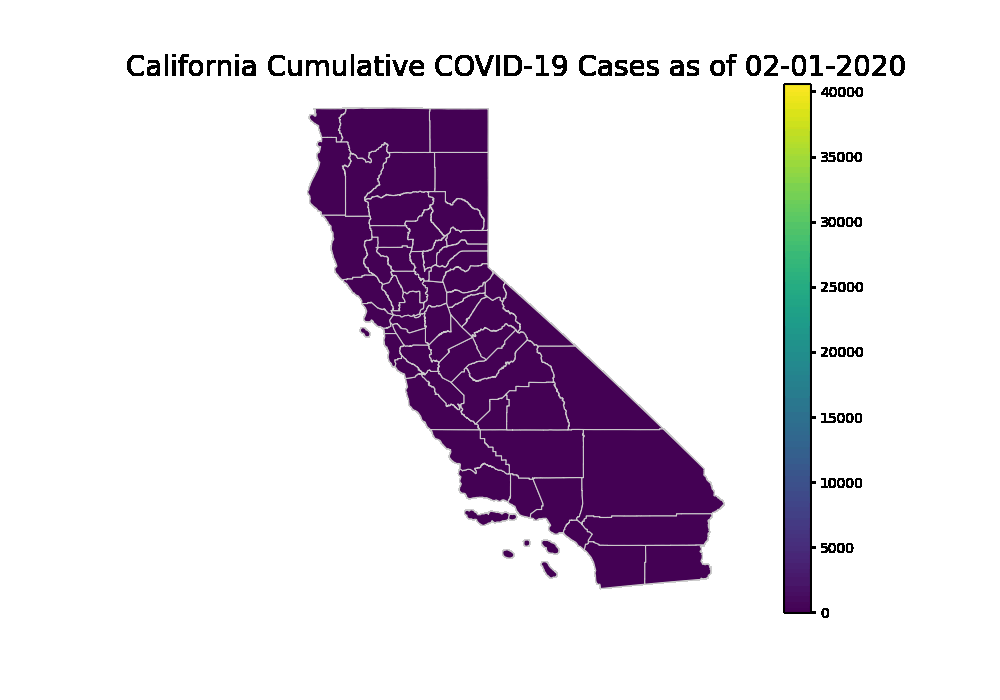Pandemic Preparedness and Response
Quick Links
Optimizing Satellite Constellations: A Case Study on ATS MDP Model Application
Probabilistic Risk Analysis of a Substation
Predictive Asset Management
Hospital Operations and Personnel Management
Drug and Medical Technology Evaluation
- Case Study 7
Pandemic Preparedness and Response

The COVID-19 pandemic underscored the profound impact infectious diseases can have on society, emphasizing the need for proactive measures to mitigate risks and ensure resilience. As we still feel the aftershocks of the COVID-19 pandemic, it has never been more apparent that infectious diseases have the potential to disrupt all aspects of daily life. Proactive measures against infectious disease outbreaks not only mitigate health risks but also ensure economic continuity, resilience, and long-term sustainability in the face of unforeseen disruptions.
With expertise in infectious disease and artificial intelligence, ATS helps plan for the next pandemic before it happens. We can analyze supply chain resilience, identify risk-costs, and improve vital public health processes.
Prior to COVID-19, ATS recognized several shortcomings in public health infrastructure including:
Pandemic Preparedness: Recognizing the urgency to improve pandemic response infrastructure, ATS aimed to enhance the efficiency of mass prophylaxis or vaccination campaigns.
Optimizing Resource Allocation: Maximizing coverage and throughput while minimizing bottlenecks in distribution centers posed a significant operational challenge.
To address these challenges, ATS used network analysis and stochastic modeling for:
Analytic Tool Development: ATS developed a sophisticated analytic tool incorporating network analysis and machine learning algorithms to identify optimal geographic locations for mass prophylaxis or vaccination distribution centers.
Efficiency Enhancement: Utilizing stochastic modeling and queuing theory principles, ATS optimized resource allocation within distribution centers, predicting and mitigating potential bottlenecks to maximize throughput and coverage.
As a result of our work, we achieved improved coverage and enhanced efficiency. By strategically locating distribution centers and optimizing resource allocation, ATS approach resulted in greater coverage and accessibility of prophylaxis or vaccination services within communities. The implementation of stochastic modeling and queuing theory principles enabled more efficient distribution center operations, minimizing delays and optimizing the utilization of healthcare workers.

ATS can respond to any epidemic using advanced disease outbreak modeling capabilities using mathematical models, time series analyses, and artificial intelligence which can be tailored to any type of infectious agent.
During COVID-19, there were many questions which arose regarding how to protect vulnerable populations, including people who were incarcerated. ATS identified several key challenges related to this problem:
Protecting Vulnerable Populations: Amid the COVID-19 pandemic, questions arose about safeguarding individuals in correctional facilities, where close quarters and shared spaces heightened the risk of disease transmission.
Data Integration and Analysis: ATS faced the challenge of integrating data from jail and prison systems with epidemiological models and machine learning algorithms to provide actionable insights for policy decision-makers.
To address these challenges, ATS used advanced modeling and machine learning techniques:
Epidemiological modeling: Leveraging data from corrections facilities, ATS integrated demographic, health, and epidemiological data into its analytical framework to understand the dynamics of COVID-19 transmission within corrections facilities.
Machine Learning: ATS built models to quantify infection risk levels, identify transmission patterns within facilities, and assess the relationship between facility outbreaks and community transmission.
Our solution importantly quantified risk and identified ways to reduce risk. ATS analysis provided insight into the heightened risk levels of COVID-19 transmission within corrections facilities, providing policymakers with actionable insights to implement targeted interventions and mitigation strategies. By identifying predictors of outbreaks and transmission patterns, ATS work helped corrections facility staff anticipate and proactively manage potential outbreaks, reducing the risk of disease spread among incarcerated individuals and staff.

